I have now spent 40 years working on Australian Camera magazine
Paul Burrows reflects on four decades as a photography magazine journalist and editor
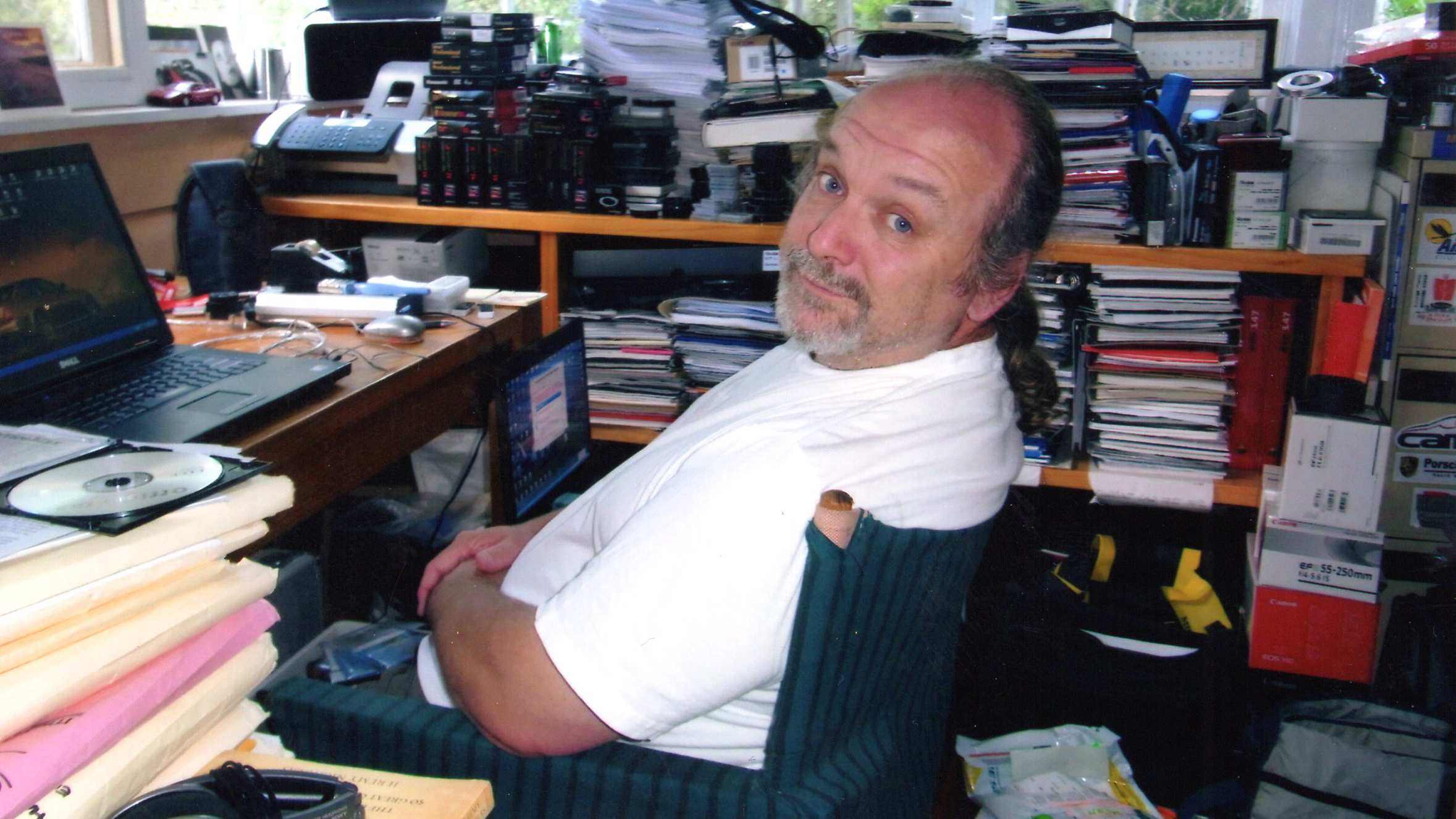
I chalk up 40 years at Australian Camera magazine with the issue that has just gone on sale. I joined the company that started it – Iris Publishing – on 15 March 1982 as an editorial assistant, after answering a job ad for a trainee journalist that had appeared in The Sydney Morning Herald on 23 January. I’d graduated from Sydney Teachers College at the end of the previous year and, with no immediate prospect of getting a teaching job in the NSW state school system, I’d started looking around for something else. Ironically, at the time I was working at a local furniture factory, assembling school chairs for the NSW Department Of Education.
The job interview on 9 February was at Iris’s small office in Brookvale on Sydney’s Northern Beaches. I was then living by one of the southern-most beaches (Cronulla), so it was with some fear and trepidation that I set off on the trek in my 1963 Mini 850… not the most reliable vehicle even if you were just popping down to the shops. All went well until, going up Spit Hill, the clutch return spring snapped, requiring a rudimentary repair with a bent paper clip so I could select gears. I still got there in time and obviously without looking too ruffled, because my appearance on the interview form was described as “neat” (actually, I think I wisely took a change of clothes). Many years later, probably during an office clear-out, I was given my application form and I’ve kept it ever since.
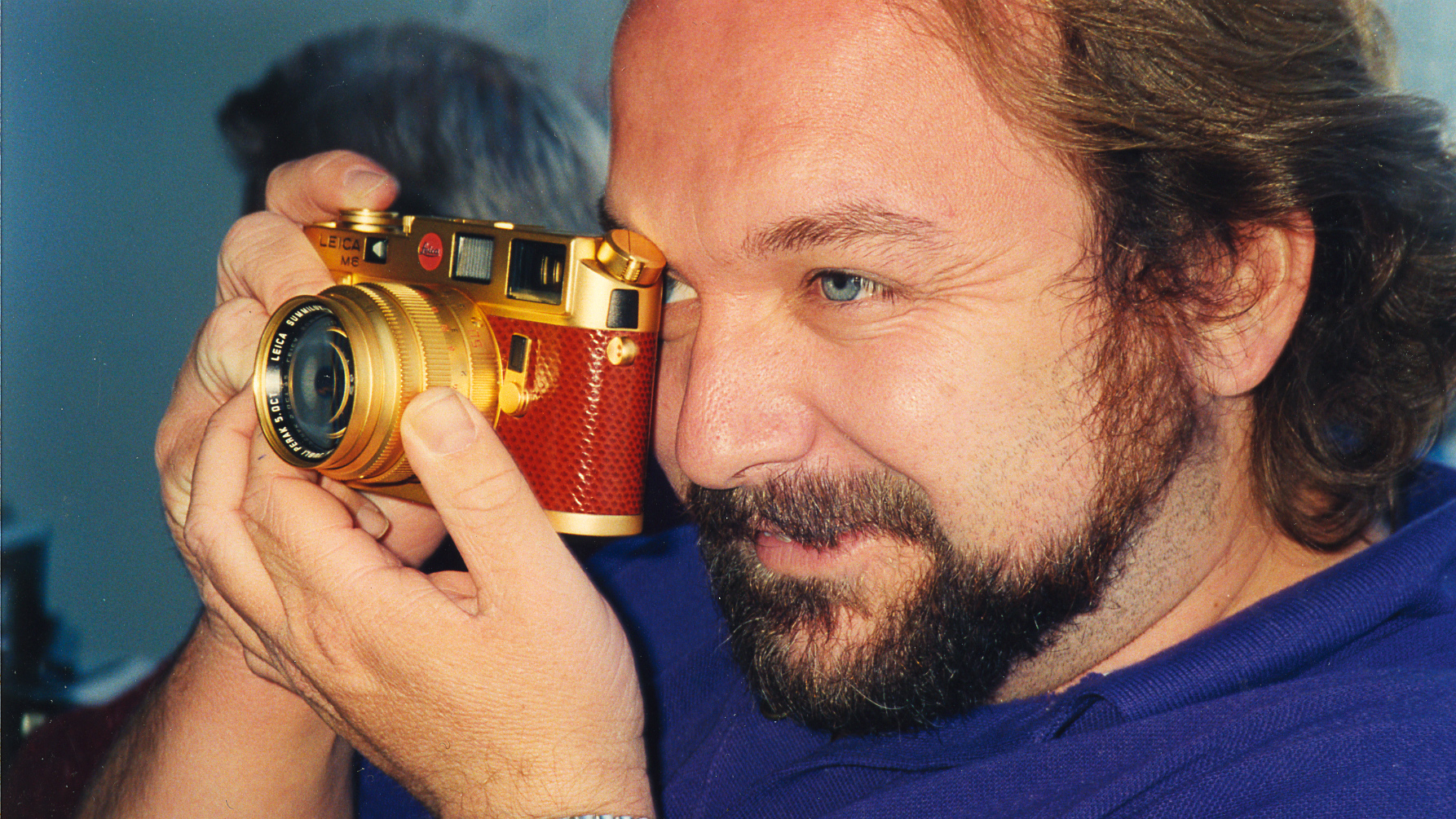
It’s marked at the top in red ink, “Highly possible”, and it also records that my speech, grammar, grooming and manner all rated as “good”. I scored an “Excellent” for my photographic knowledge, and a “Very good” for my audio knowledge (a magazine for the audio-visual market was being planned). My writing skills were described as “formal”… well, what do you expect from an English teacher? My typing skills rated “a bit slow”, which was being generous. To this day, I’m still a two-finger pecker, but a very fast one. I probably also got some brownie points for being a regular reader of what was then Camera Craft, and could back up the claim since I’d had a winning photo published in the May 1981 issue (when our long-running Fujifilm Showcase competition was called the Fuji Trophy).
Obviously I got the job, which necessitated a quick move north to Manly Vale (the Mini being struck down with a more serious gearbox issue necessitating it arriving on a trailer) so the office was just a short bus ride down Pittwater Road. The first issue bearing my byline was May 1982 as the magazine was printed in New Zealand in those days and the turnaround time was around a month. It got packed off as a set of double-age layout boards to which was stuck photo typeset galleys, cut into the necessary length columns. The images – either transparencies or prints – were paper-clipped to the boards in glycine bags that carried the mark-up details. Headings, subheads and captions were all cut-and-paste when the term meant scissors and glue (well, actually a sort of wax so type could be easily lifted and repositioned). The potential for something to go wrong was immense, and it was very common for bits of type – especially the single words stuck on as corrections – to simply fall off. Proofing was a race against time as they arrived as dye-lines that were still sensitive to light and so the pages gradually turned to solid blocks of blue.
Out of the box
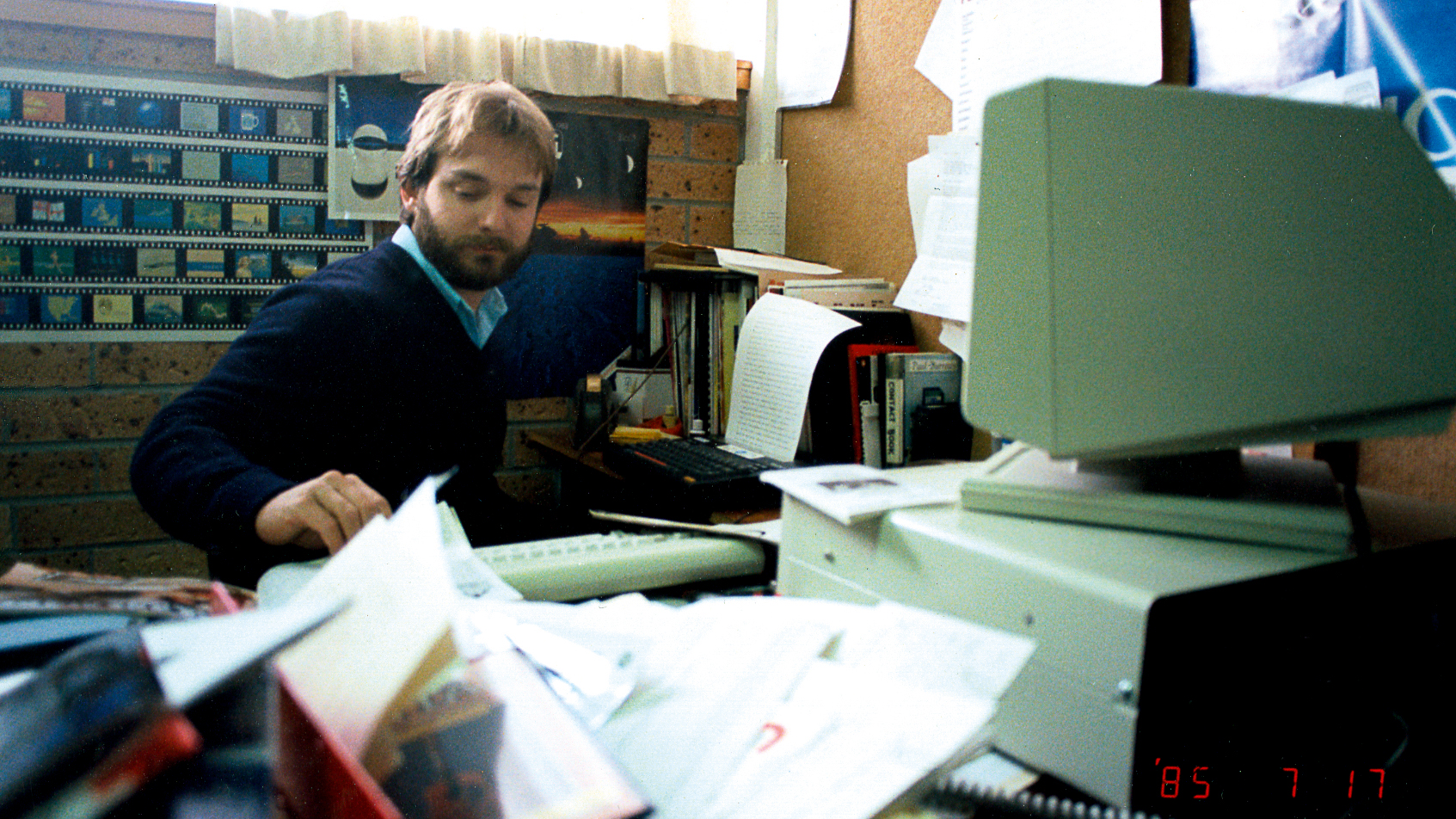
For my first few months at Iris Publishing I used a manual typewriter and my copy was edited using a green pen (then the traditional tool of the subeditor). If an article needed a lot of changes, it was simply quicker to retype it, but if there were only minor corrections, it went off to the typesetter, who also knew how to read subediting marks. I then graduated to a more compact ‘automatic’ typewriter – incidentally, made by Canon – which provided the luxury of a three-line memory so you could change things on the fly.
In my first issue, I road-tested a 35mm slide projector, a color darkroom processing kit, and a Super 8 movie camera… a mix that very much reflected the times. The thrill of seeing my name in print and in the magazine’s masthead – known colloquially as ‘the skite box’ – was immense. In the very next issue, I got to do what I’d really been dreaming of doing, and review a brand new 35mm SLR – Minolta’s new-generation X-700. I have to say, I still love unboxing a new camera, especially if I’m the first to receive a review sample and it’s pristinely factory-fresh. The only thing, of course, is that you have to remember how it all goes back in the box when the time comes to send it back.
In the September 1983 issue, I moved a few positions up the masthead from Editorial Assistant to Technical Editor, although I’m pretty certain there wasn’t any extra pay involved. The magazine’s then owner – Paul Curtis – always maintained we should have been paying him for the privilege of working at something we were all passionate about.
Get the Digital Camera World Newsletter
The best camera deals, reviews, product advice, and unmissable photography news, direct to your inbox!
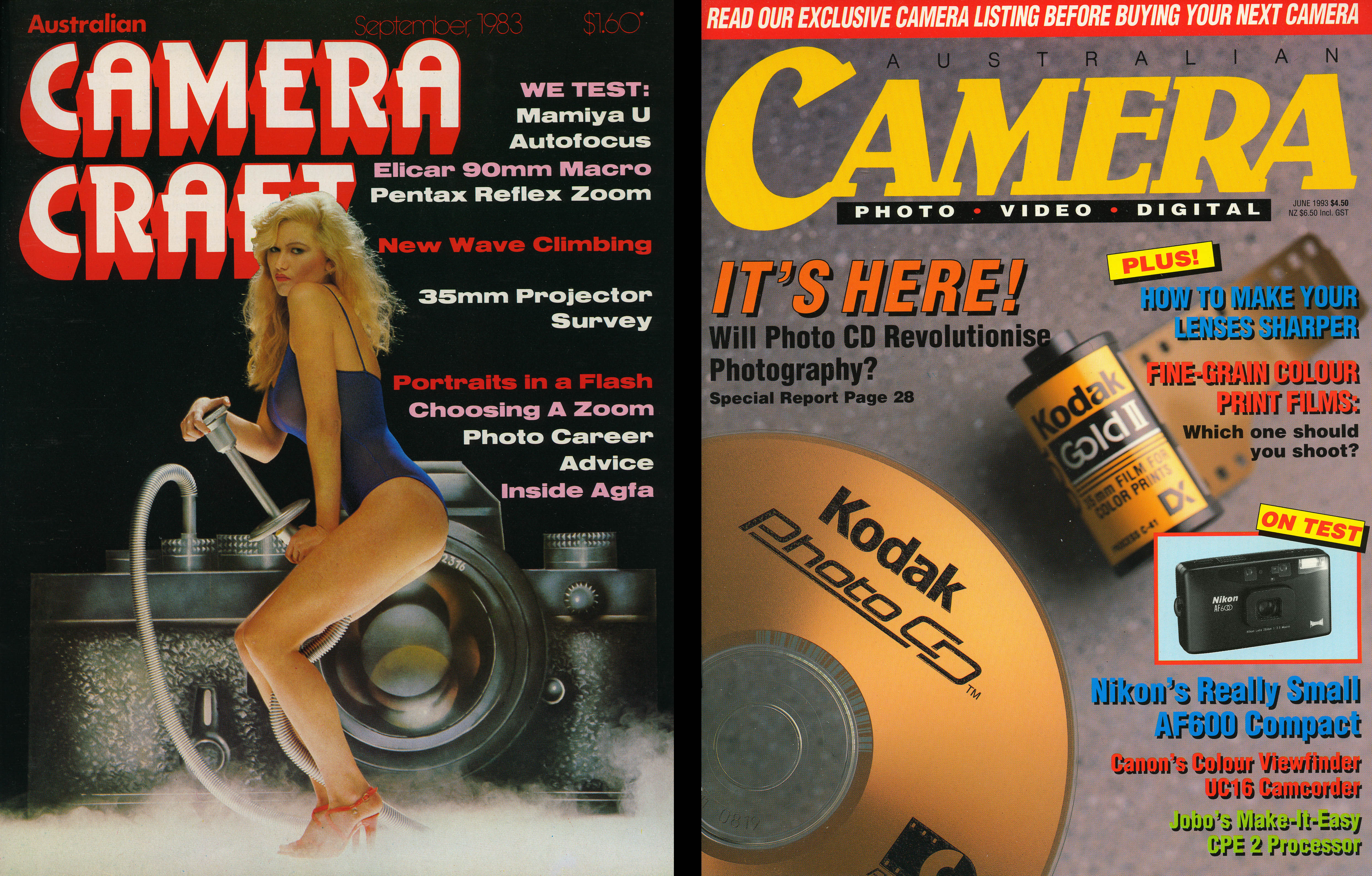
I’ve been the magazine’s technical editor ever since, but took over as editor with the June 1998 issue. Part of me didn’t really want the job, but then I also thought it was time to see if what I considered made a good photography magazine had any merit. I’d been buying photo mags since I got really interested in photography in my early teens and was always struck by the difference between the UK and US publications; the former always lighter and more pictorial, the latter more serious and a lot more wordy. I think there’s a middle ground and it’s telling that Australia still has four mainstream photo titles when elsewhere a great many are no longer in print (although some survive online). In the USA, for example, there are now no general photography magazines… the more specialized Outdoor Photographer being the last major title standing.
Since I started in 1982, Australian Camera has been through a number of owners. Paul Curtis sold the Iris Publishing stable to Horwitz Publications in 1987, which was then itself sold, in 2008, to Wolseley Media, which subsequently morphed into Nextmedia. At the end of 2019, we were purchased by the hugely successful UK-based Future Publishing, joining a group of other photo titles under the Digital Camera World banner.
Since 2010, Australian Camera has also been a member of the Technical Image Press Association (TIPA), which includes magazines from all over the world, including India, Turkey, China, Brazil and many European countries. Today we’re more connected globally than I could ever have envisaged back in the early 1980s.
All Change
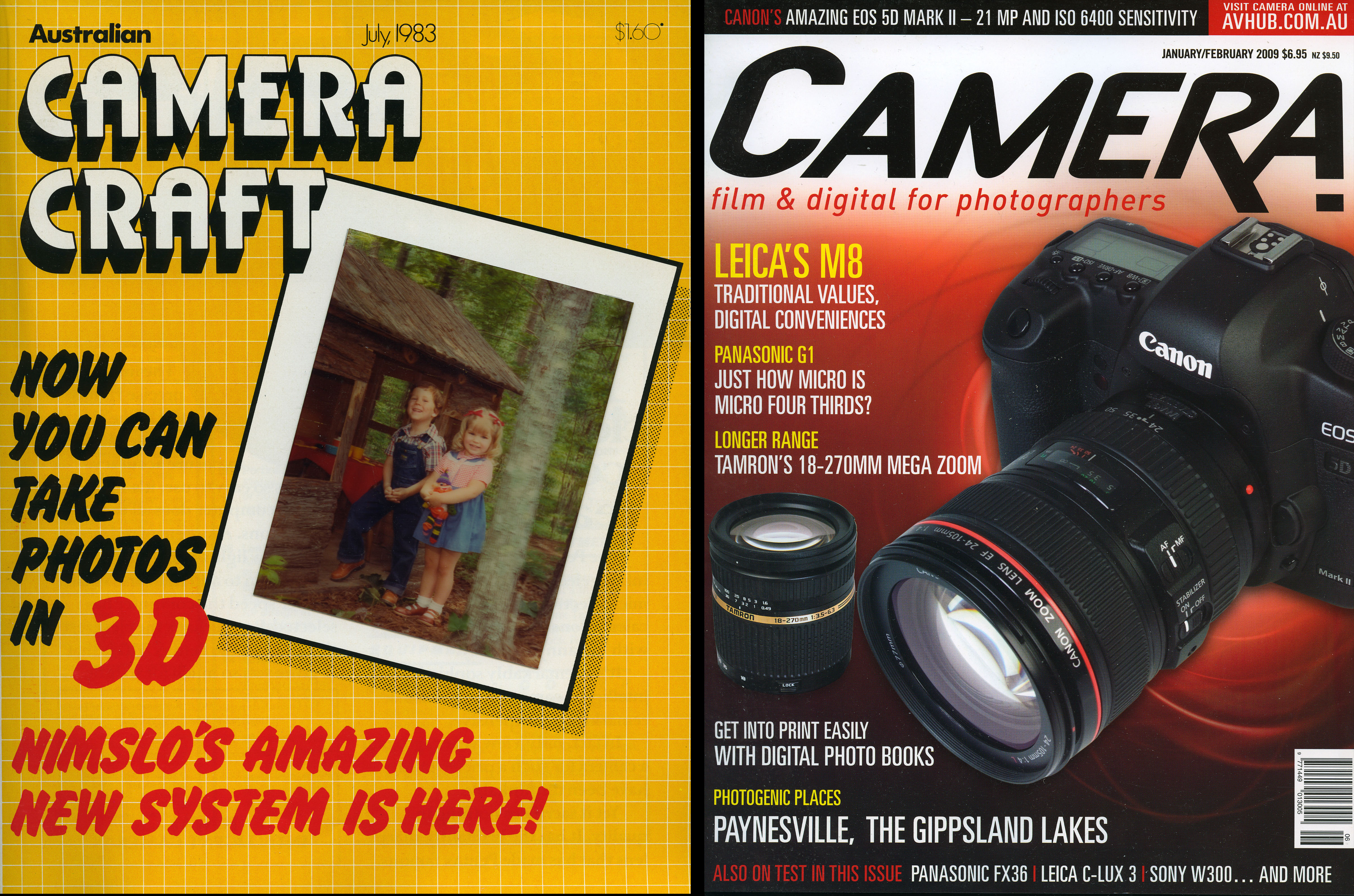
Of course, as I’ve noted on many occasions previously, change seems to be the only real constant in photography. I’ve often been asked how I keep finding new things to write about, but the last 40 years have been a period of constant change, including the biggest upheaval of them all in the transition from film to digital.
In 1982, the development of more advanced auto exposure control systems – particularly how a scene was metered – was filling the column inches; followed by autofocusing, firstly in compact cameras and then in 35mm SLRs. The 1990s was all about making cameras more compact and more capable, best epitomised by the Advanced Photo System (the original APS), launched in 1996. At the end of the decade and the century, digital imaging was already a reality in professional photography and the next 10 years were all about its steady advance in terms of accessibility and affordability. Then, in 2008, just when we thought things might start to settle down a bit, along came the first mirrorless interchangeable lens camera… and we’re still on that bandwagon as the configuration slowly but surely consigns the reflex camera to history. Along the way, the smartphone has killed off the compact camera – a very big part of the industry in its heyday – and we’ve yet to see where all this might end.
That said, I think the future is looking very bright indeed. The mirrorless camera is evolving in different and exciting ways – including the ever more remarkable still/video hybrids – along with the lenses and accessories. Action cams and drones further expand what we can do with picture-making, as are evolving technologies such as AI-based subject recognition for driving autofocus tracking. What hasn’t changed since 1982 is that it’s still my job to provide you with independent and informative product tests that will assist you in getting the most from new technologies and the new features they create.
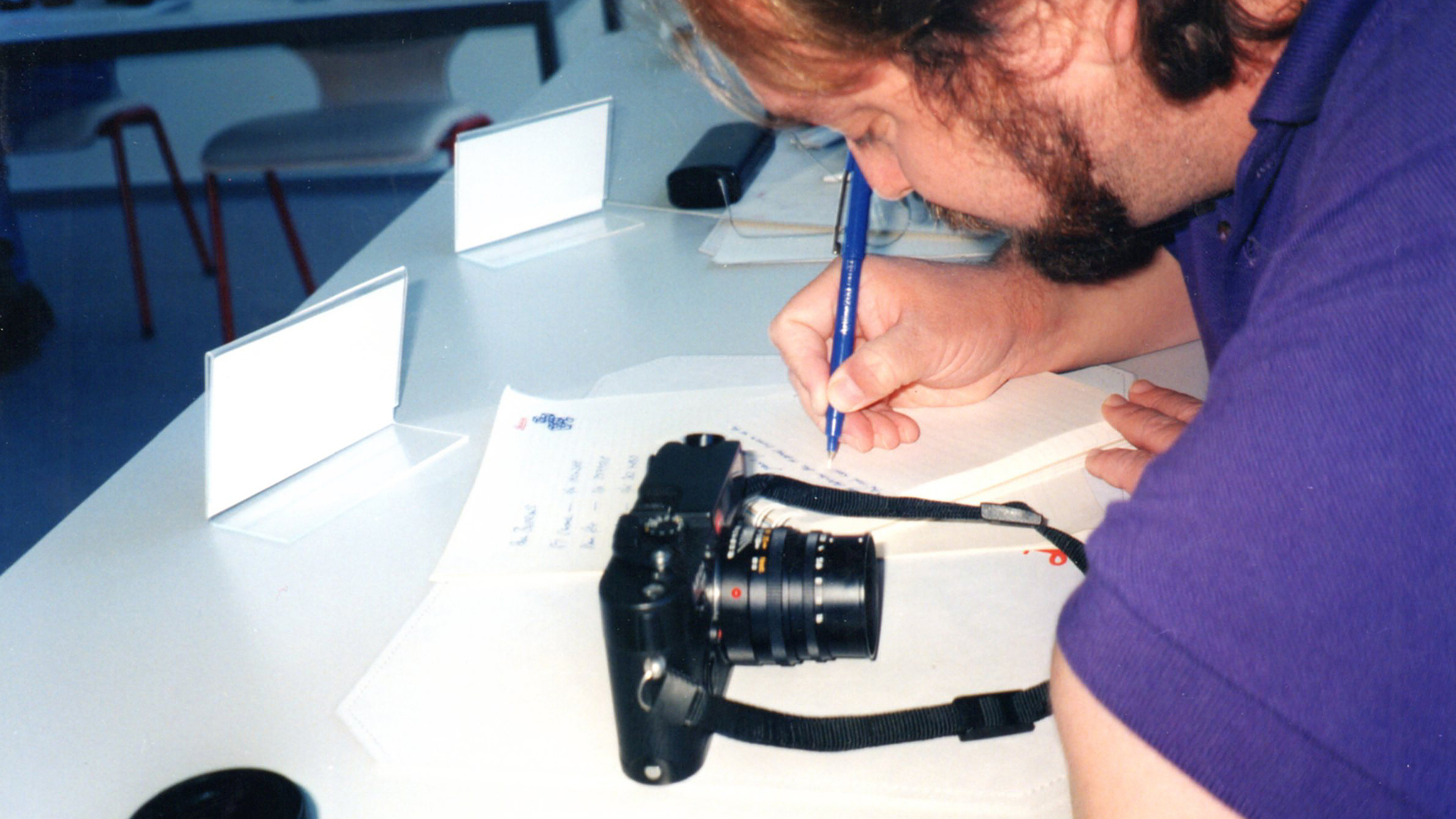
We have just published issue 416 of Australian Camera, and I’ve been involved with 379 of them. Let’s say there’s been an average of four of my test reports per issue: that means over 1,500 reviews... then there are all the features, techniques and profiles. I’m not even going to take a stab at how much of my life has taken up over by that in the last 40 years, but suffice to say I’ve enjoyed every minute of it (well, nearly every minute).
It’s been a huge privilege to turn a much-loved hobby into a career and to steer this magazine through the ups and downs of the photo industry. We’re very fortunate to have many very loyal and long-term readers – some, I know from the messages I receive, who have been buying the magazine for even longer than 40 years – and without all of you, I wouldn’t be writing this. A very big thanks.
I truly hope we can continue to keep Australian Camera relevant, interesting and, above all else, entertaining and enjoyable for many more years come. Cheers!
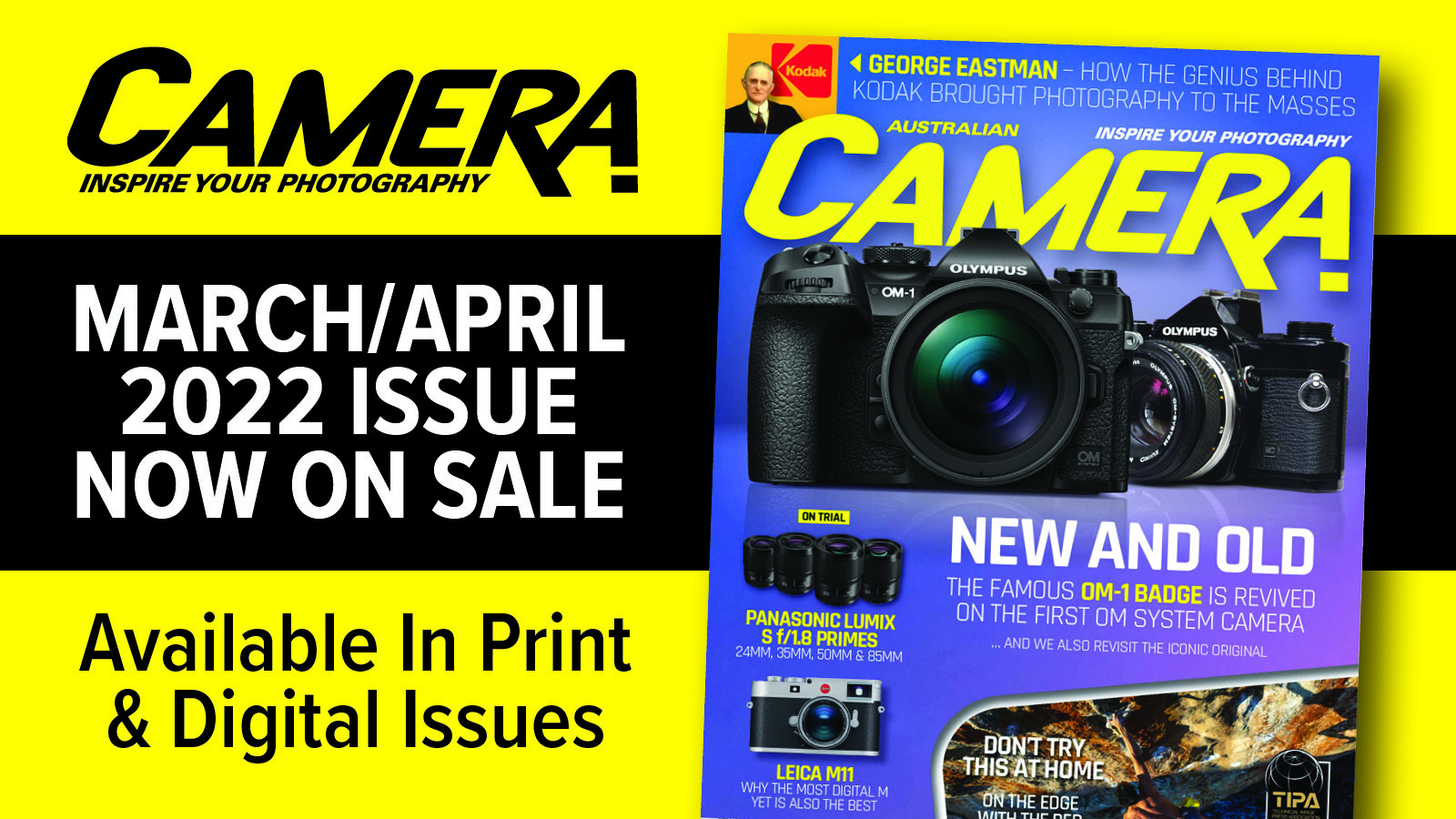
Also in the news
Opinion: Used camera lenses are a great buy for photographers
Why the Olympus OM-D E-M10 Mark II is still a great camera
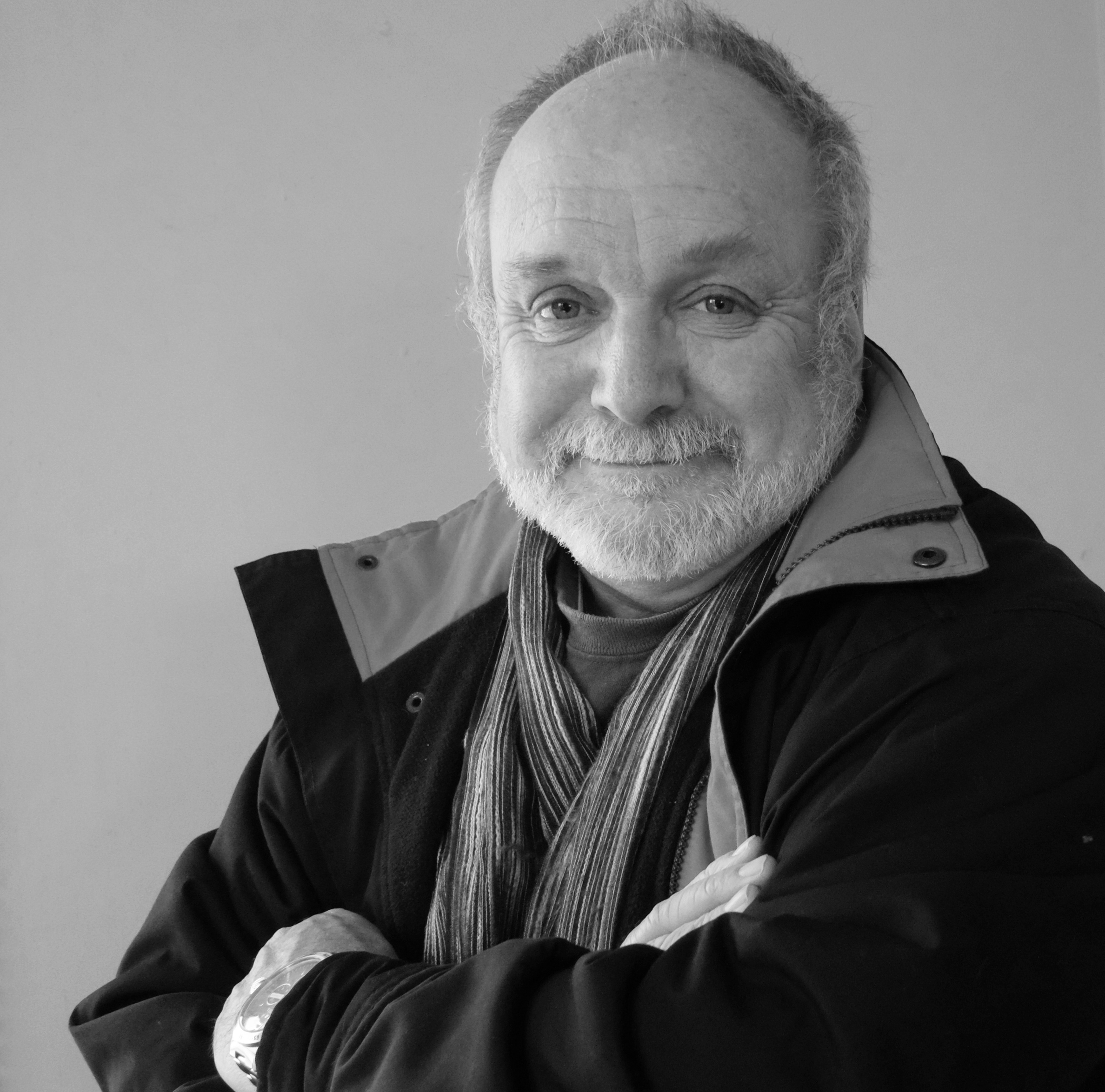
Paul has been writing about cameras, photography and photographers for 40 years. He joined Australian Camera as an editorial assistant in 1982, subsequently becoming the magazine’s technical editor, and has been editor since 1998. He is also the editor of sister publication ProPhoto, a position he has held since 1989. In 2011, Paul was made an Honorary Fellow of the Institute Of Australian Photography (AIPP) in recognition of his long-term contribution to the Australian photo industry. Outside of his magazine work, he is the editor of the Contemporary Photographers: Australia series of monographs which document the lives of Australia’s most important photographers.
